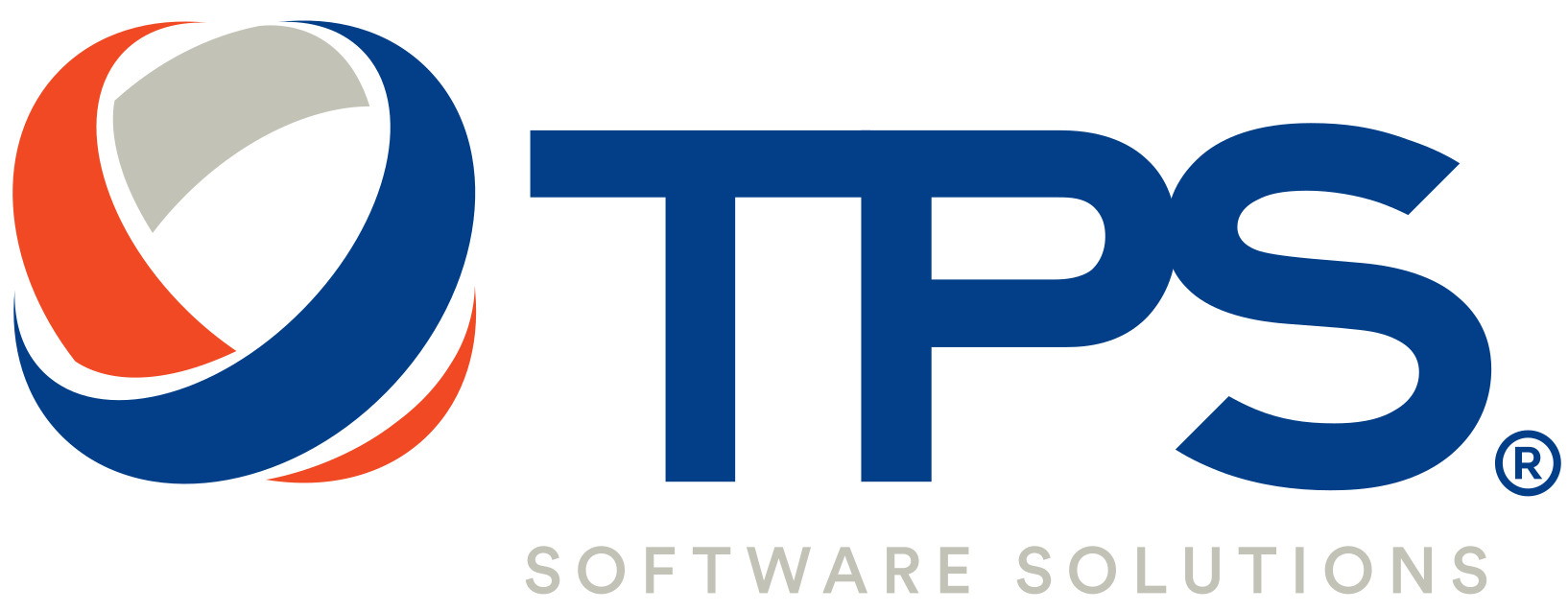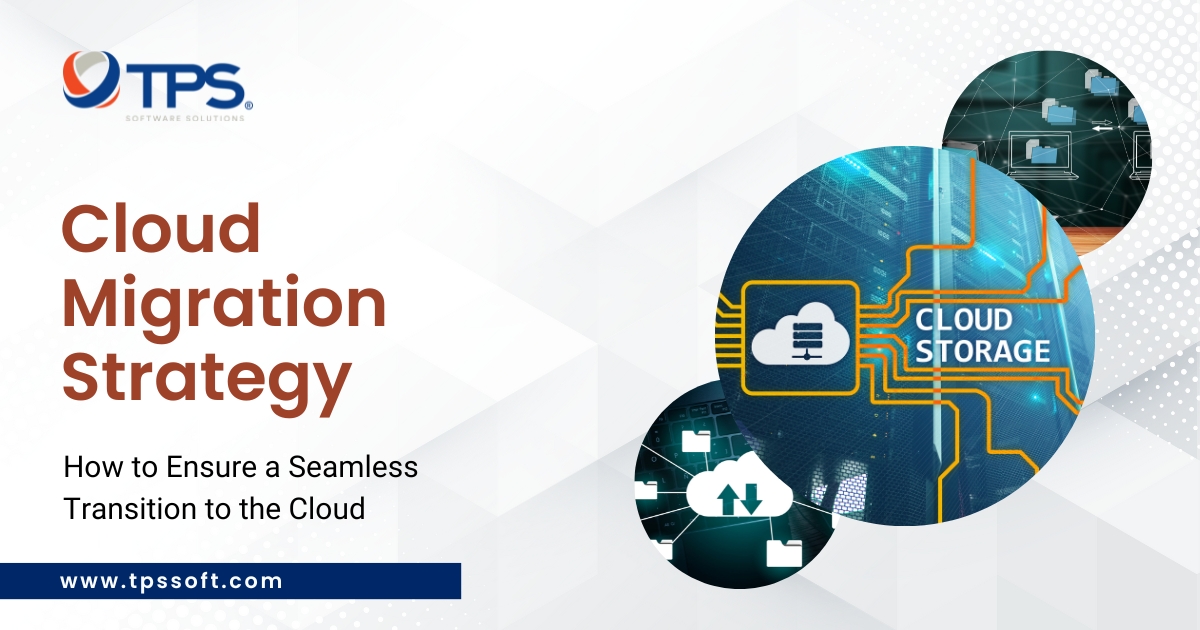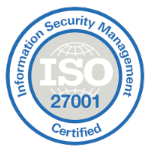As businesses increasingly adopt cloud technology to improve efficiency and reduce costs, a cloud migration strategy has become an essential part of their IT roadmap. However, migrating to the cloud can be a complex and daunting task, requiring careful planning and execution to avoid potential risks and ensure a seamless transition. In this article, we will discuss the key components of a successful cloud migration strategy and how to implement them.

What is a Cloud Migration Strategy ?
Cloud migration strategy is the process of moving an organization’s data, applications, and other business processes from an on-premises infrastructure to a cloud-based infrastructure. Usually, the cloud providers are Amazon Web Services (AWS), Google Cloud Platform (GCP), Microsoft Azure or others.
How to process the cloud migration ?
The Cloud Migration will be conducted with these following steps:
Assessment and Planning
The first step in any successful cloud migration strategy is a comprehensive assessment of the current IT infrastructure and a clear understanding of the business goals and objectives. This will help identify the applications and workloads that are suitable for migration to the cloud, as well as the potential challenges and risks that need to be addressed.
Once the assessment is complete, a detailed migration plan should be developed, outlining the migration process, timelines, and milestones. This plan should also include a risk mitigation strategy and contingency plan in case of unforeseen challenges.
Choosing the Right Cloud Environment
Choosing the right cloud environment is a critical decision that can significantly impact the success of a cloud migration strategy. Businesses should consider factors such as reliability, scalability, security, and cost-effectiveness when selecting a cloud provider.
It is essential to evaluate the provider’s service level agreements (SLAs) and ensure they meet the business’s requirements. The provider’s experience and expertise in cloud migration should also be taken into account.
Data & Application Migration
Data migration is a crucial aspect of a cloud migration strategy, and it requires careful planning and execution. Data should be classified and prioritized based on its importance and sensitivity.
Businesses should consider using automated tools and scripts to migrate data to the cloud, as manual migration can be time-consuming and error-prone. Data integrity and security should also be ensured during the migration process.
Application migration is another critical component of a cloud migration strategy. Applications should be assessed for their compatibility with the cloud environment and any necessary modifications should be made.
Businesses should consider using a phased approach to application migration, starting with non-critical applications and gradually moving to more critical ones. This approach will help identify and address any issues that may arise during the migration process.
Testing and Validation
Testing and validation are crucial steps in a cloud migration strategy to ensure that the migrated applications and workloads function as expected. This includes testing for performance, security, and functionality.
Businesses should consider using automated testing tools to speed up the testing process and ensure accuracy. Any issues identified during testing should be addressed before the final migration to avoid any disruption to business operations.
Related Article:
Frequently Asked Questions
Q: What are some common challenges companies face during a cloud migration strategy?
A: Some common challenges include security concerns, data loss or corruption, application compatibility issues, and difficulties in managing hybrid environments.
Q: How can companies ensure their cloud migration strategy is cost-effective?
A: Companies can ensure cost-effectiveness by carefully planning their migration and optimizing resource utilization. They can also take advantage of cost-saving measures offered by cloud providers such as reserved instances and spot instances.
Q: Is it better to migrate all applications at once or in phases?
A: This depends on the company’s specific needs and resources. Migrating all applications at once may be quicker, but can also be riskier. Migrating in phases allows for better testing and reduces the impact of any issues that arise.
Q: Should companies use a single cloud provider or multiple providers for their migration?
A: Again, this depends on the company’s specific needs. Using multiple providers may offer more flexibility and redundancy, but can also be more complex to manage.
Q: How can companies ensure their data is secure during migration?
A: Companies can ensure security by encrypting data both in transit and at rest, using strong access controls, and monitoring for any suspicious activity.
Q: What are some key considerations for choosing a cloud provider for migration?
A: Key considerations include cost, security, scalability, reliability, and compatibility with existing systems.
Q: How can companies avoid downtime during migration?
A: Companies can avoid downtime by carefully planning the migration process and testing thoroughly before making any changes. They can also use technologies like load balancers and failover mechanisms to minimize downtime.
Q: What are some best practices for managing a hybrid cloud environment?
A: Best practices include monitoring and managing resources across both cloud and on-premises environments, using automation to streamline operations, and establishing clear policies and procedures for data management.
Q: How can companies ensure their cloud migration strategy aligns with their overall business strategy?
A: Companies can ensure alignment by involving key stakeholders in the planning process, setting clear goals and objectives, and regularly reviewing and adjusting the strategy as needed.
Q: What are some potential risks of a cloud migration strategy?
A: Potential risks include data loss or corruption, security breaches, downtime, cost overruns, and compatibility issues. However, these risks can be mitigated through careful planning, testing, and management.
Conclusion
A successful cloud migration strategy requires careful planning, execution, and testing. By following these key components, businesses can ensure a seamless transition to the cloud while minimizing risk and disruption. Choosing the right cloud provider, assessing and planning, data migration, application migration, and testing and validation are essential steps that businesses should consider when developing their cloud migration strategy.














